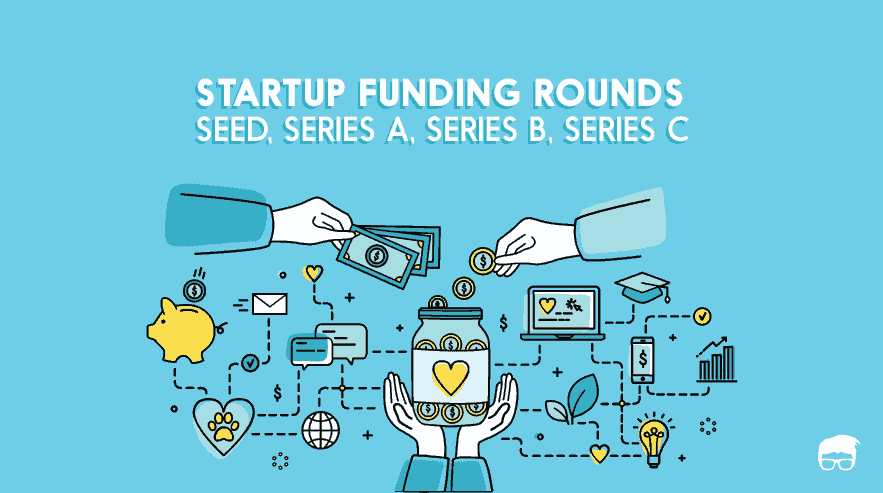Series A, B, and C are funding rounds that generally follow "seed funding" and "angel investing," providing outside investors the opportunity to invest cash in a growing company in exchange for equity or partial ownership. Series A, B, and C funding rounds are each separate fund-raising occurrences. The terms come from the series of stock being issued by the capital-seeking company.
How do Series A, B, and C funding rounds work?
Before delving into how a round of fundraising works, it is vital to identify the various players. First, there are people seeking money for a new company. Businesses often develop through fundraising rounds, starting with a seed round and progressing to A, B, and C rounds.
On the other side, there are possible investors. While investors want firms to flourish because they encourage entrepreneurship and believe in their goals and causes, they also want to see a return on their investment.
As a result, almost all investments made throughout one or more stages of developmental finance are structured such that the investor or investing business keeps some ownership of the company being funded. If the firm expands and makes a profit, the investor will get a return on his or her investment.
What is the Funding Valuation?
Analysts do a business valuation prior to fundraising rounds. Management, growth expectations, forecasts, capital structure, market size, and risk are all elements that influence valuations.
Investors have their own approach for valuing a company, although many employ some of the same factors:
- Market size: The size of the market in which the firm operates, measured in dollars.
- Market share: How much of the market the firm makes up, such as 0.10% of the total market.
- Revenue: An estimate of the company's current and future earnings. This is market size multiplied by market share.
- Multiple: Typically, an estimate used by the investor to give them an indication of the business's worth, such as 10x or 12x the revenue.
- Return: The rise in value, expressed as a percentage of the amount invested, based on estimations of market share, market size, and revenue.
Pre-Seed Funding
The first step of supporting a new firm occurs so early in the process that it is not often included in investment rounds. This stage, sometimes known as "pre-seed" investment, usually occurs when a company's founders begin operations. The most prevalent "pre-seed" financiers are founders, close friends, supporters, and family members.
In terms of growth, this period might be compared to planting a seed (spending cash to establish the firm).
Depending on the nature of the firm and the early expenditures of establishing the business concept, this fundraising step might be completed quickly or slowly. It is also possible that investors at this point are not investing in exchange for shares in the firm.
Seed Funding
Seed investment is the first equity fundraising round. It is usually the first formal funding for a new business endeavor or firm. Some firms never go beyond seed capital to Series A or beyond.
What Is Series A Funding?
Series A investment is the first round after the seed stage. The phrase refers to the preferred stock that is offered to investors at this stage. In this round, it's critical to have a strategy for creating a business model that will provide long-term profits.
Series A rounds typically generate $2 million to $15 million, however this figure fluctuates depending on the conditions. From January 1, 2023 to May 29, 2023, the average Series A fundraising amount was $22 million.1

